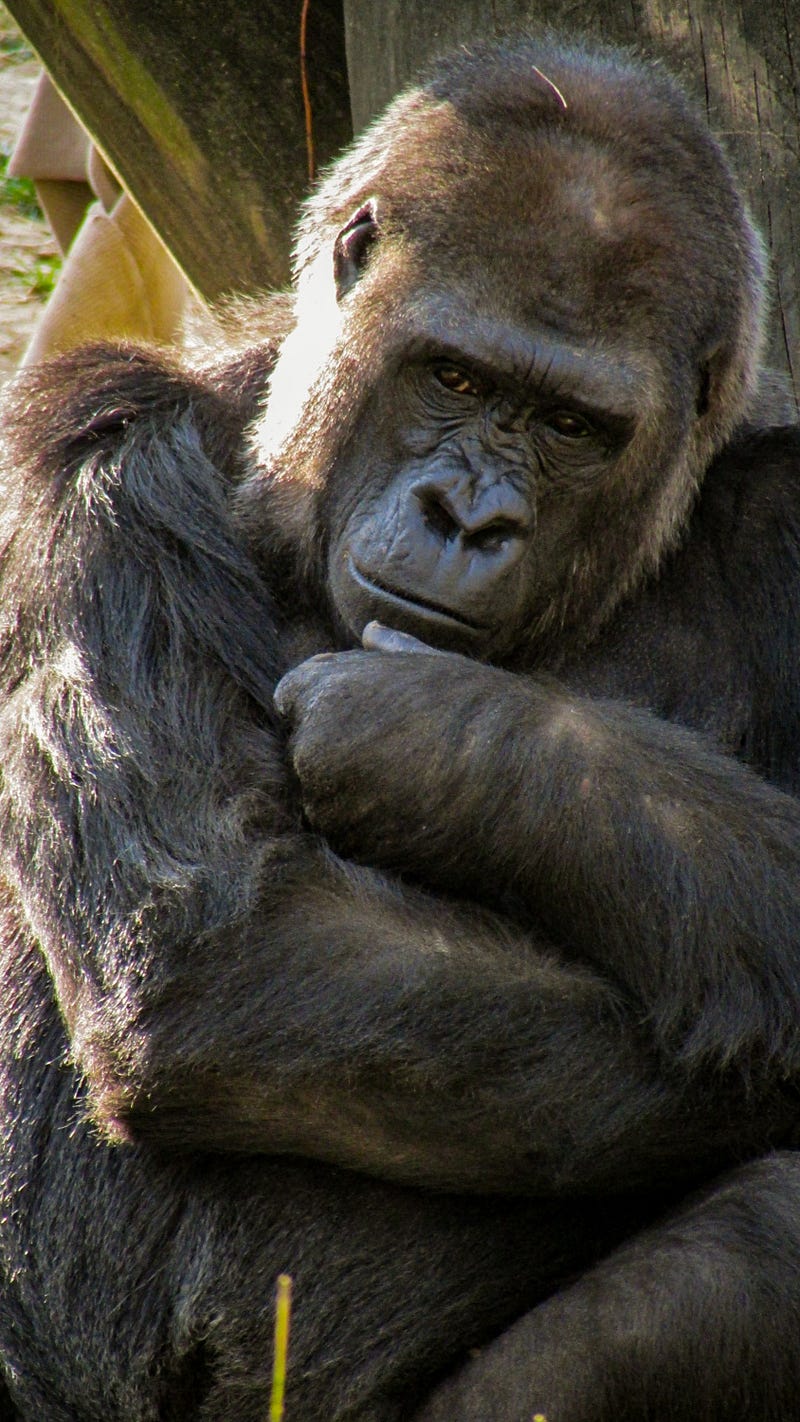The Complexity of Measuring Animal Intelligence and Its Implications
Written on
Chapter 1: Understanding Animal Intelligence
Determining the intelligence of various animals, including our pets and wildlife, raises fascinating questions. Often, we find ourselves pondering the smarts of those around us—neighbors, coworkers, and even our pets. Despite significant advances in science over the years, accurately assessing the intelligence of animals remains a challenge. The irony is that those who study intelligence—scientists—often find themselves outsmarted by their subjects.
Human Intelligence Testing
The assessment of human intelligence has long been a contentious issue, entangled in political and ethical debates. Standardized tests emerged in the late 1800s, pioneered by Francis Galton, a relative of Charles Darwin, who also introduced controversial ideas like eugenics. These tests were utilized during World War I to better match recruits with suitable roles, particularly in officer training.
Galton's work laid the groundwork for psychometrics, which has sparked ongoing discussions about racial biases in intelligence testing, notably highlighted in the controversial book "The Bell Curve." It's important to recognize that IQ tests often reflect socioeconomic factors rather than pure intelligence. This brings us back to the difficulties in measuring animal intelligence, as similar biases may affect our assessments of non-human species.
Despite the controversies, researchers have sought a common factor, dubbed "g," believed to influence an individual's success across various tasks. This has led to inquiries about whether animals possess a similar general intelligence factor.
Animal Intelligence Testing
Recently, I reviewed a study on the intelligence of ravens, compared to chimpanzees, which are often regarded as the pinnacle of non-human intelligence. The findings suggested that young ravens might exhibit cognitive abilities comparable to adult chimps.

In this investigation, researchers employed the Primate Cognition Test Battery (PCTB), developed by Esther Herrmann at the Max Planck Institute. This battery consists of various tests designed to assess animal intelligence. A notable example involves lemurs, where tests evaluate spatial memory through a simple cup game.
The first test observed how well lemurs could remember the location of hidden rewards under cups. The results indicated that a two-and-a-half-year-old human child exhibits cognitive skills about the physical world on par with a ten-year-old chimpanzee, although children outperformed both chimpanzees and orangutans in social intelligence.
The PCTB includes tasks targeting both physical and social domains, such as spatial memory, object permanence, and social learning. Despite its comprehensive nature, the PCTB has not identified a general intelligence factor in animals, suggesting that intelligence may be compartmentalized into distinct domains.
Limitations of Current Testing Methods
Researchers have pointed out several critical limitations in animal intelligence testing. The assumptions that social and physical intelligence can be distinctly divided are under scrutiny. Additionally, the dynamics between the tester and the subject can significantly impact test validity, as can the unique cognitive wiring of different species.
Understanding these constraints is vital for improving testing methods. We must recognize that intelligence tests are tools designed to evaluate cognitive abilities, and a critical examination of their limitations can lead to more refined assessments.
The Role of Social Context
The competitive nature of social interactions among animals, such as ravens, affects test results. The environment in which animals are raised can influence their behavior during tests, complicating our understanding of their intelligence.
A 2019 study comparing the performance of different parrot species in the PCTB found that their results differed significantly based on the familiarity of the testers. This discrepancy emphasizes how the social dynamics between the tester and the tested can overshadow cognitive assessments.
Wiring of Intelligence
While ravens and primates may display similar behavioral outcomes, the underlying cognitive mechanisms can be vastly different. This parallels the concept of convergent evolution, where different species develop similar traits independently.
Research has shown that cognitive tests fail to reveal the unique biological factors driving intelligence. Two species might perform similarly in tests, but the underlying processes guiding their behavior can differ significantly.
Future Directions in Research
As we continue to explore animal intelligence, it becomes clear that our most knowledgeable scientists are often outwitted by the very creatures they study. While we recognize that cognitive abilities exist, understanding how they are wired and operate remains elusive.
We face the challenge of defining intelligence itself. Our current tests, based on assumptions about cognitive components, often lead to unexpected findings that challenge our original hypotheses. Progress in this field resembles navigating in the dark, with scientists feeling their way through a complex landscape.
In the end, the pursuit of understanding animal intelligence is a journey filled with surprises and challenges. As we advance, we may encounter setbacks that force us to reevaluate our assumptions, but such is the nature of scientific inquiry.

Social and Physical Intelligence
The original premise that social and physical intelligence are separate may not hold true upon further analysis. A re-evaluation of data from chimpanzees and human children revealed a third factor: spatial cognition. This discovery indicates that the evolution of intelligence may be intertwined across different domains.
Research has highlighted that factors beyond cognition might influence animal performance in intelligence tests. For example, the training received by New Caledonian crows impacted their success in a self-control task, suggesting that pre-existing skills can overshadow true cognitive abilities.